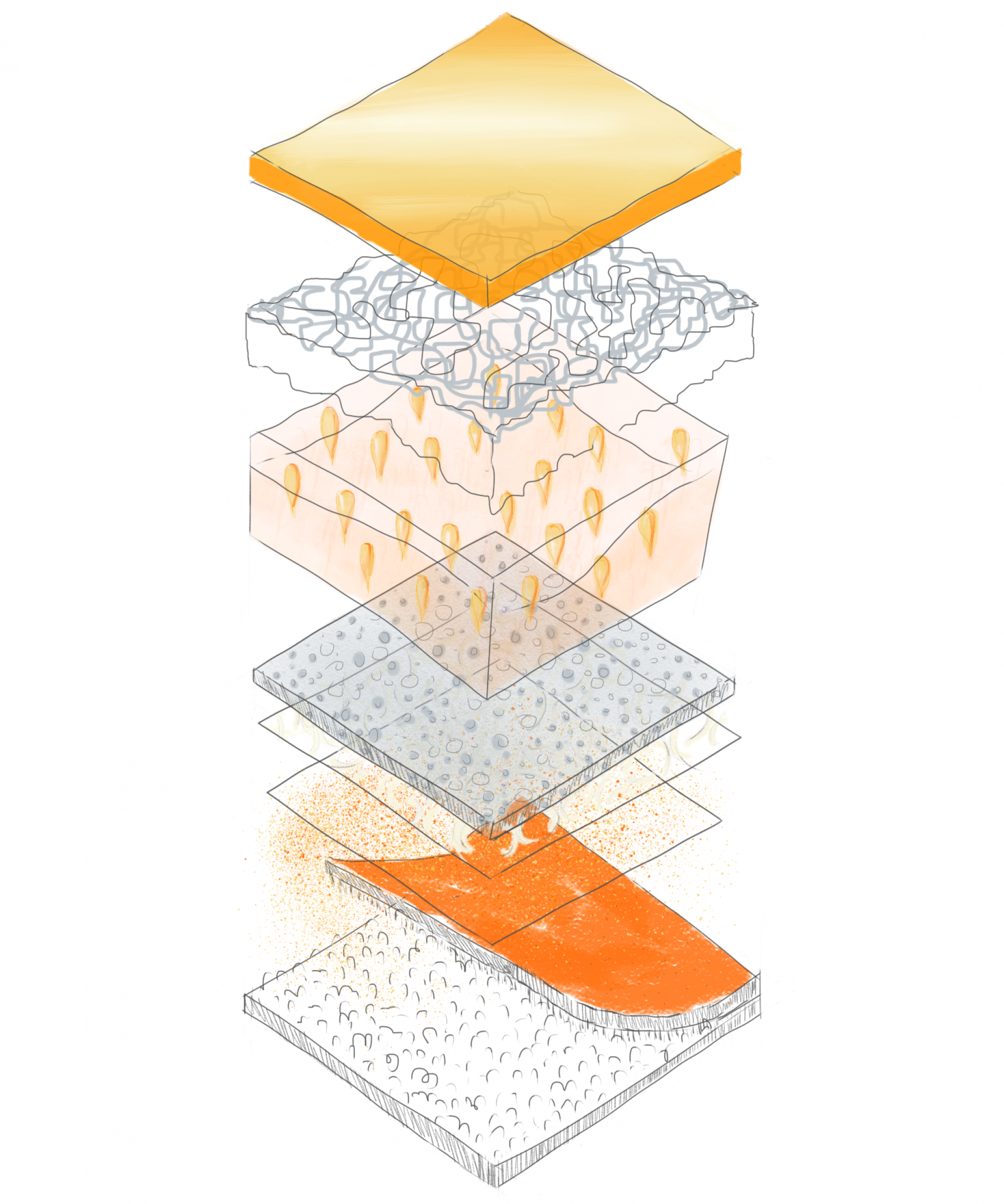Katie Hunks
In Class Assignment: Draw an object based on observations made without sight

Drawing a Mystery Object Based on Touch



The University of British Columbia, School of Architecture and Landscape Architecture
Katie Hunks
In Class Assignment: Draw an object based on observations made without sight

Drawing a Mystery Object Based on Touch




Josh Fender


Berend Kessler










In class sketches of a mug, highlighting the parts that are most noticeable to touch.

The following two sketches were of objects placed in a box, and chosen blindly. I selected an object, explored it by touch, and then returned it to the box before opening my eyes and beginning to draw. I recognized the first object (a portable speaker) for what it was immediately, but the second remained a mystery until after I had completed the drawing (the metal insert for the nose piece of a mask).




My in class object was chosen blindly by feeling around on my nightstand until I landed on an unfamiliar object, my sewing scissors.

For this assignment I drew three different objects based on touch only, again with a blindfold during the drawing process, and finally with sight and the object in front of me. In all cases the series of drawings are distinctly different based on the information available and my attempt to convey it.


